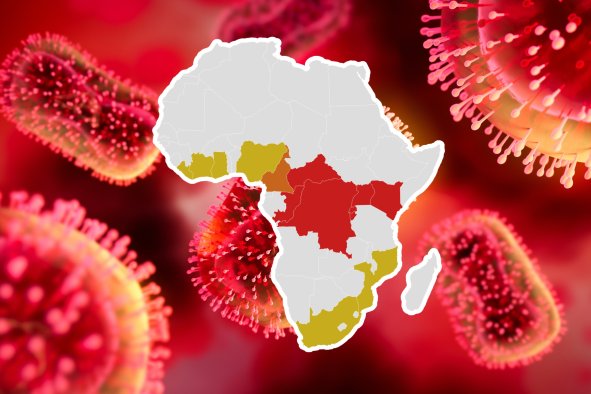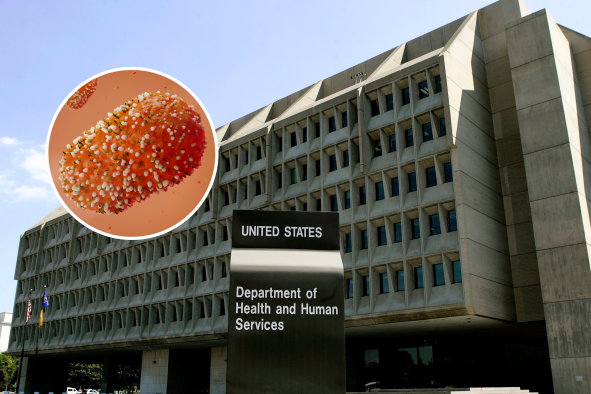You might think of ants as being everywhere all the time, but it turns out they live in nine distinct areas of the planet.
For the first time, researchers have mapped the "biogeographic realms" where ants are found around the world, according to a paper in the online journal Nature Communications.
The map shows the nine distinct ant biogeographic realms: northern North America, southern North America, Central America and South America, Africa and the Middle East, Northern Europe and Central Asia, southern Europe, East Asia, South and Southeast Asia, and Australia and New Zealand. Within these nine realms are 21 smaller distinct regions.
Biogeographic realms are large, geographically distinct regions of the Earth's surface that share broadly similar biological histories, species and ecological conditions.
"No two species in the world have the exact same geographic distribution, but many species share similar distributions which can be clustered into discrete biogeographic regions," the authors wrote in the paper.
These realms reflect patterns of species dispersal, speciation and extinction over geological time scales. The areas have been relatively isolated from one another, allowing distinct groups of organisms to evolve. Each region is characterized by a unique assemblage of plants and animals, many of which are endemic—found nowhere else in the world.
The authors write: "The global biogeographic regions for terrestrial animals and plants have been studied individually...because of their distinct ecologies and evolutionary histories. For example, the greater mobility of animals reduces their dependence [on] local environments compared to plants while plant distributions have been shaped by more ancient historical events," the authors wrote.
These regions have mostly been determined by studying vertebrates like birds, mammals and plants. Ants, which have mostly gone unconsidered, make up 55 percent of all known species on our planet. In fact, if you put every ant in the world in a pile and all the birds and mammals in the world in another pile, the ant pile would weigh more than twice as much as the other.
"A first step to protect species, and thus biodiversity, is to understand where those are located," said study co-author Benoit Guénard, head of the Insect Biodiversity and Biogeography Laboratory at the University of Hong Kong's School of Biological Sciences (SBS), in a statement.
The researchers investigated the distribution of over 16,000 ant species, creating this first map of their biogeographic realms. They found seven distinct realms when analyzing at the genus level and nine realms when analyzing at the species level.
"Interestingly, when I was comparing this map with those for vertebrates and plants, I saw so many similarities, with ants and plants sharing several regions that are not found in vertebrates," co-author Runxi Wang, a researcher at SBS, said in the statement.
The researchers found that ants are more tightly linked to the biogeographic regions of plants than vertebrates are.
Guénard said: "It's not very surprising because we know that ants and plants have very close ecological and evolutionary relationships. For instance, ants help tens of thousands of plants to disperse their seeds and protect many more from herbivores. They have been co-evolved for millions of years. But it is one of the first evidences showing such significant biogeographic consequences."
This implies that only studying vertebrate distribution may mean we miss important links between animals and plants.
"Ants alone cannot represent the hyperdiversity of all insects, but their similarities to plants are probably not an exception," Wang said. "We certainly need greater efforts to include more insect groups in the future to depict the global picture of biodiversity."
Reference
Wang, R., Kass, J.M., Chaudhary, C., Economo, E.P., & Guénard, B. (2024). Global biogeographic regions for ants have complex relationships with those for plants and tetrapods. Nature Communications, 15(1), 5641.
Disclaimer: The copyright of this article belongs to the original author. Reposting this article is solely for the purpose of information dissemination and does not constitute any investment advice. If there is any infringement, please contact us immediately. We will make corrections or deletions as necessary. Thank you.



